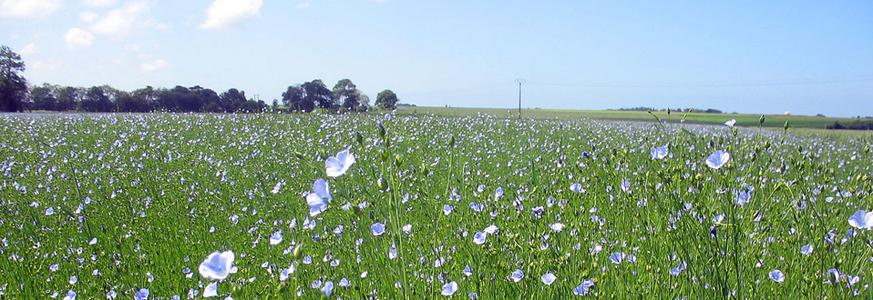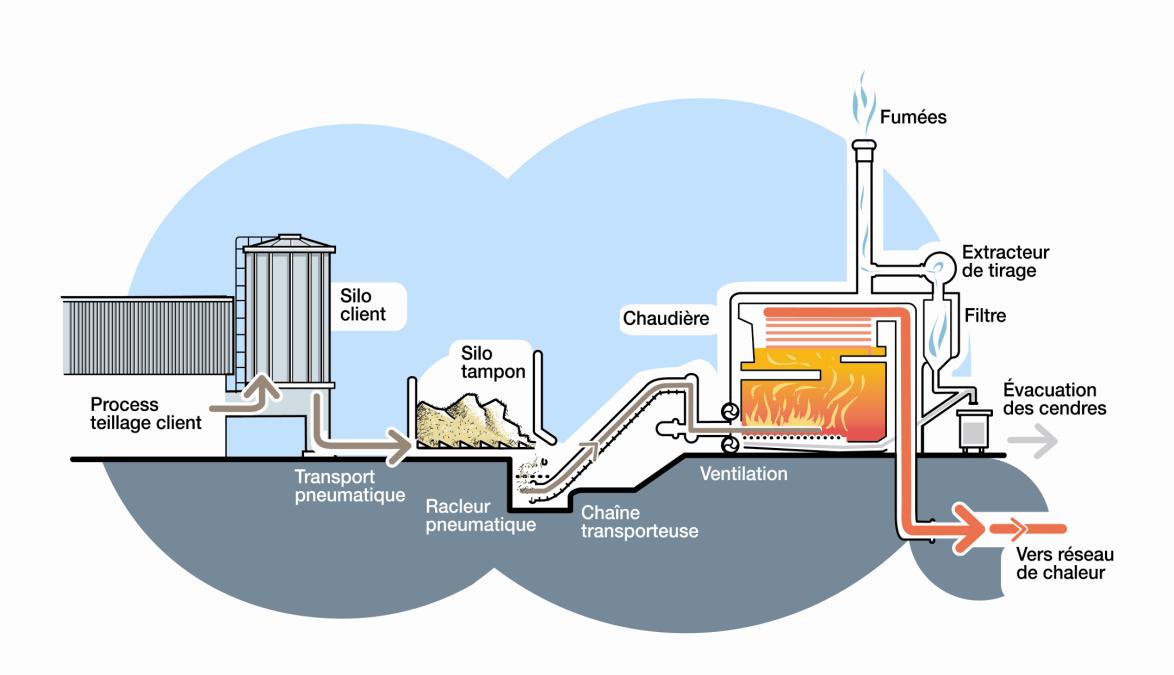As part of responding to climate change, the increasing scarcity of natural resources and the rising overall cost of energy, the ENGIE Group is backing the diversification of energy resources by designing, operating and supplying local energy facilities fueled by renewables like biomass, which can be used to supply district heating networks.

DELIVERING ENERGY SAVINGS OF BETWEEN 15% AND 20% BY INSTALLING BIOMASS-FUELED HEATING PLANTS
Context and challenges
The construction of innovative heating networks is a solution that helps local authorities to reduce their environmental impact and engage with the energy transition.
Biomass heating plants already deliver a good level of efficiency, and the constant flow of improvements is increasing their contribution to improving the energy performance of local authority amenities. ENGIE subsidiary Cofely Services operates 300 biomass heating plants in France as part of its commitment to generating safe, innovative renewable energy at local level.
As the primary source of renewable heating energy in France, the development of biomass is a crucial challenge if the country is to reach the tipping point of the energy transition and achieve the national renewable energy target of 23% by 2020.
The solution
A biomass heating plant was constructed in January last year at Grandvilliers in the Oise region of France to provide heat for a 2-mile district network serving a number of the town’s amenities, including its swimming pool, college, high school, eco-community and hospital.
Designed by Cofely Services, the plant is fueled by flax waste, a 100% plant-derived by-product of the flax stem crushing process. This raw material is provided by the LIN 2000 agricultural cooperative, which processes flax to extract linen fibers, and has provided outsourced services to the local authority of Grandvilliers since 2006.
The decision to use flax waste to fuel a biomass project meets all the key challenges posed by the energy transition, from local sourcing of a renewable resource to tight cost controls and industrial performance.
This project in the innovative flax energy market underlines the Cofely Services commitment to optimize the energy mix and provide clean energy from local renewable resources.
Results
The 2 MW biomass boiler meets 85% of the heat demand served by the Grandvilliers heating network. A 3.5 MW gas-fueled peak demand boiler completes the facility installed on the cooperative site.
The town and its residents are achieving energy savings of between 15% and 20% as a result of switching to this renewable energy source. This optimized energy mix will also avoid 1,000 metric tons of CO2 emissions per year over the next 15 years.
Key figures
Biomass in France
- France has set itself the target of achieving a 30% reduction in its fossil fuel consumption by 2030
- Heat represents 50% of all energy consumption in France, with 78% being used by homes (ADEME figure for 2013); biomass accounts for around 20% of that volume, making it the:
- No. 2 source of renewable energy after hydropower
- No. 1 source of thermal renewable energy
- Grandvilliers biomass heating plant launch: January 2014
- €1 million invested
- 1,200 metric tons of flax waste consumed every year
- 1,000 metric tons of CO2 emissions avoided over the next 15 years
- A 2-mile heating network fed by a power rating of 2 MW
How the biomass heating plant works

